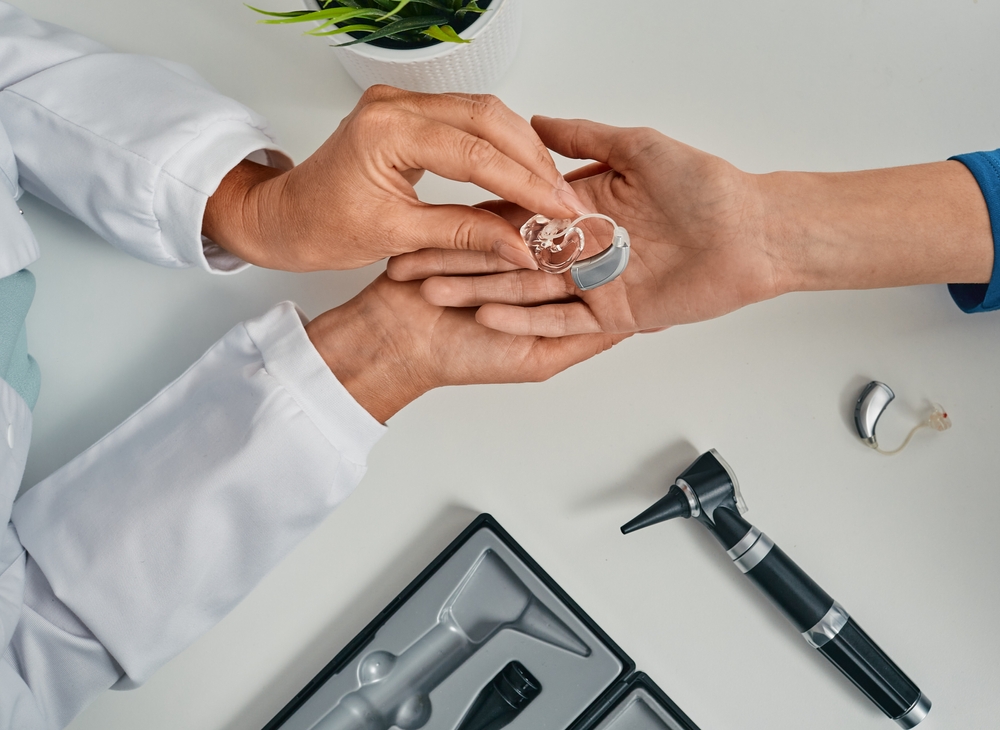
Hearing aids are essential for strengthening day-to-day communication by boosting the clarity of sound. To keep them functioning at their best, regular maintenance and professional cleanings are essential. Over time, earwax, moisture, and debris can accumulate, leading to decreased functionality. Knowing when it is time to arrange professional maintenance can help prolong the longevity of your hearing aids and ensure they continue to operate at their best.
Why it’s important to have your hearing aids professionally cleaned
Even with regular at-home care, hearing aids progressively collect buildup that might impact sound quality and performance. Professional routine maintenance provides numerous key benefits:
- Thorough Sanitizing– Effectively eliminates obstinate earwax, dust, and moisture that routine cleaning methods frequently miss.
- Improved efficiency – Gets rid of barriers that may result in muted audio or distortion.
- Extended Lifespan– Protects against early wear and tear, reducing the need for repair work or replacements.
Getting your hearing aids cleaned by a professional helps ensure they function at their best, decreasing the likelihood of unforeseen malfunctions.
Indications that your hearing aids require professional maintenance
If you’re uncertain whether it’s time for a professional cleaning, look for these common warning signs:
- Muted or Distorted Sound Quality: If speech and ambient sounds seem unclear, dull, or distorted, it might be due to wax or debris blocking the microphone or speaker.
- Constant Feedback or Squealing: A squealing noise at a high pitch (feedback) could indicate a blockage from earwax or an ill-fitting device. Professional cleaning can help in clearing blockages and fine-tuning the fit accurately.
- Problems with Volume Control: If adjusting the volume doesn’t seem to have the desired effect, internal components may require repair or software recalibration.
- High humidity can affect the device’s internal components, causing random audio disruptions or unreliable button control. A professional technician can evaluate and address any moisture-related concerns.
- Noticeable Wax or Dirt Build-up: If you see a significant accumulation of wax or debris on your hearing aids, professional cleaning ensures a more thorough removal than at-home care.
- Employ specialized instruments to meticulously extract wax, debris, and humidity from sensitive elements without doing damage.
- Inspect and repair components to confirm all elements are working correctly.
- Inspect both software and hardware to determine any performance issues that may be affecting the quality of sound.
- Switch out worn-out filters or tubing that may be limiting device performance.
- Standard maintenance should be conducted every 3 to 6 months.
- Routine cleanings are suggested for individuals who tend to produce a lot of earwax or live in areas with high humidity, as these conditions can exacerbate wax accumulation.
- As soon as problems arise, dealing with minor problems early can prevent costly repairs.
What does a professional hearing aid cleaning look like?
A professional cleaning visit goes past routine maintenance and ensures your devices function optimally. During the appointment, specialists will:
How often should you schedule professional maintenance?
The need for professional cleanings differs based on factors such as how much earwax is produced, the levels of humidity, and how the device is generally used. General recommendations include:
Maintain your hearing aids for ideal performance
Routine professional maintenance is essential for preserving your hearing aids and ensuring clear, high-quality sound.
If distorted sound, echoing, or technical problems are disrupting your experience, it’s likely that a thorough, expert cleaning is in order.
Book an appointment for your hearing aid cleaning and maintenance now.